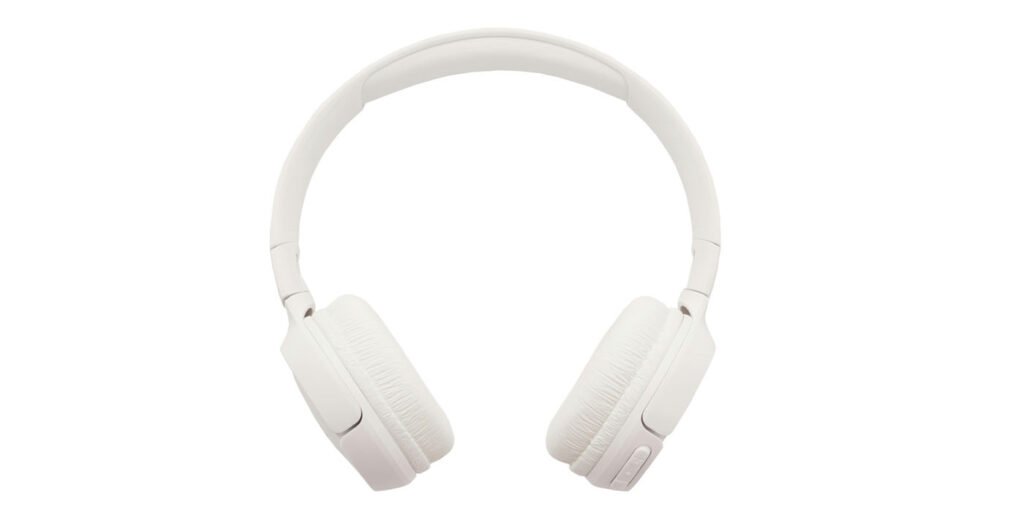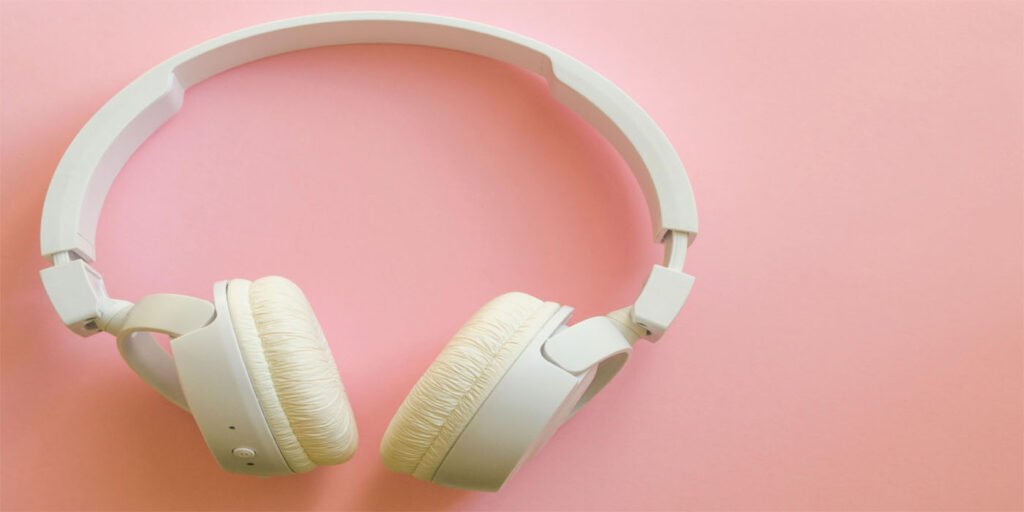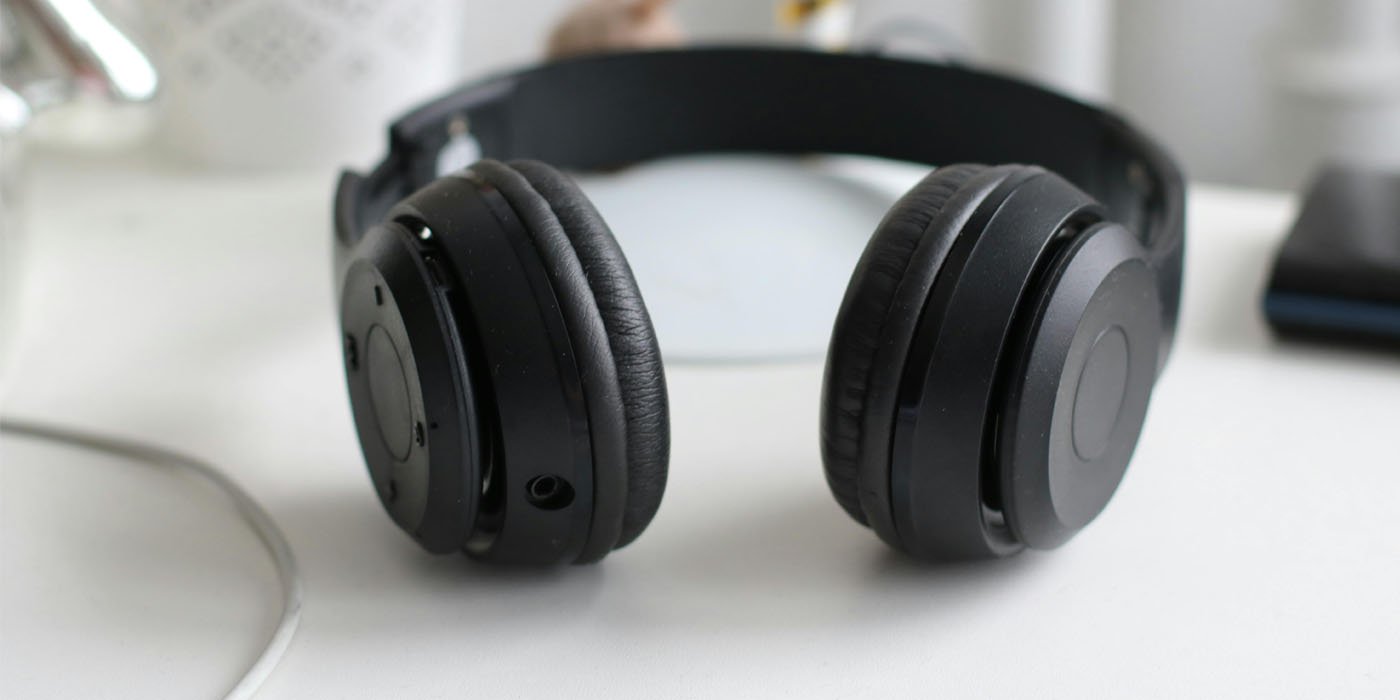Introduction
Wireless headphones have become integral to our daily lives, offering unparalleled convenience and freedom of movement. In this article, we’ll explore the fascinating journey of audio technology, delve into the invention of wireless headphones, analyze their impact on the music industry, highlight key features, showcase popular brands and models, and share user experiences. Additionally, we’ll uncover the individuals behind this revolutionary invention, discuss advancements in wireless audio, and address frequently asked questions about wireless headphones.

Evolution of Audio Technology
Early days of wired headphones
In the early stages of audio technology, wired headphones dominated the scene. Users were tethered to their devices, limiting mobility and sometimes causing inconvenience. As technology progressed, the need for a wireless solution became apparent.
Emergence of wireless technology
The evolution of wireless technology marked a significant shift in the audio industry. Users began to experience the freedom of movement without compromising audio quality. This shift laid the groundwork for the eventual invention of wireless headphones.
Invention of Wireless Headphones

Pioneers in wireless audio
Several innovators played pivotal roles in the development of wireless audio. Their contributions paved the way for wireless headphones, eliminating the need for cumbersome cords. The journey involved overcoming technological challenges and creating solutions redefining how we listen to music.
Technological breakthroughs
The invention of wireless headphones was not a single eureka moment but rather a series of technological breakthroughs. These breakthroughs included advancements in Bluetooth connectivity, battery life, and sound quality. The collaboration of engineers, inventors, and audio enthusiasts led to the creation of a seamless wireless listening experience.
Impact on the Music Industry
Changing dynamics
Wireless headphones revolutionized the music industry by changing the way people consume audio content. The freedom to move without being tethered to a device transformed how individuals experienced music, making it more immersive and enjoyable.
Enhanced listening experience
The impact of wireless headphones on the music industry extends to the listener’s experience. The elimination of wires and the integration of cutting-edge features like noise cancellation technology elevated the overall quality of audio consumption, creating a new standard for enthusiasts and casual users alike.
Key Features of Wireless Headphones
Bluetooth connectivity
One of the defining features of wireless headphones is Bluetooth connectivity. This wireless technology allows seamless pairing with a variety of devices, enhancing the user experience and providing a hassle-free connection.
Noise cancellation technology
Wireless headphones often come equipped with advanced noise cancellation technology, creating a cocoon of immersive sound. This feature blocks out external noise, allowing users to enjoy their music or calls without disturbances.
Popular Brands and Models

Leading manufacturers
Several brands have emerged as leaders in the wireless headphone market. Companies like Apple, Sony, and Bose have consistently delivered cutting-edge products, setting industry standards and pushing the boundaries of audio technology.
Trending wireless headphone models
The market offers a diverse range of wireless options, from sleek earbuds to over-ear headphones. Notable models such as Apple’s AirPods, Sony WH-1000XM4, and Bose QuietComfort 35 have garnered widespread acclaim for their performance and innovation.
User Experiences

Positive testimonials
Users worldwide have shared positive testimonials about their experiences with wireless headphones. The convenience, comfort, and high-quality audio have become defining factors that contribute to overall satisfaction.
Common challenges and solutions
While wireless headphones offer numerous benefits, users may encounter challenges such as connectivity issues or battery concerns. Addressing these challenges requires a combination of troubleshooting and understanding the specific product features.
Who Invented Wireless Headphones
Contributions of key inventors
The invention of wireless headphones involved the work of key inventors who played crucial roles in shaping the audio landscape. Their innovative ideas and dedication to improving audio technology paved the way for the wireless revolution.
Historical context
Understanding the historical context of wireless headphone invention provides insights into the challenges faced by early inventors. Technological limitations were overcome through perseverance and a commitment to delivering a wireless audio solution.
Advancements in Wireless Audio

Current innovations
The world of wireless audio continues to evolve, with ongoing innovations in connectivity, battery life, and audio quality. Current advancements promise an even more immersive and seamless experience for users.
Future trends
Looking ahead, the future of wireless audio holds exciting possibilities. Anticipated trends include further miniaturization, improved integration with smart devices, and advancements in artificial intelligence for personalized audio experiences.
FAQs about Wireless Headphones
- Wireless vs wired: Which is better?
- How do wireless headphones work?
- Are wireless headphones safe?
- Can I use wireless headphones with any device?
- How to troubleshoot common wireless headphone issues?
- Are wireless headphones suitable for gaming?
Conclusion
In conclusion, the invention of wireless headphones has transformed the way we engage with audio content. From the early days of wired headphones to the current era of seamless wireless connectivity, the journey reflects a commitment to innovation. The impact on the music industry, coupled with advancements in technology, ensures that wireless headphones will continue to be an essential part of our audio experience.

Hi, I am Md. Nazmul Haque. I am a professional content creator. I have been writing content for almost 5 years. I want to support you with some quality information. My website is headphone related. If you are a music lover then this website is for you. I hope everyone will be with me.
